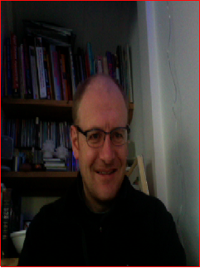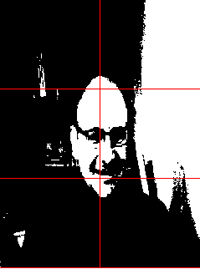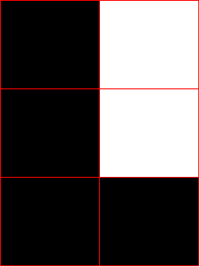Prototype 6: Faster Image Processing using openFrameworks
Even with fine tuning, the Processing computer vision code was slow and meant that only slowly moving balls could be tracked. We therefore re-wrote the program in openFrameworks, an open source C++ library which also incorporates openCV, an open source computer vision library created by Intel. This code runs significantly faster than Processing, with no visible lag.



